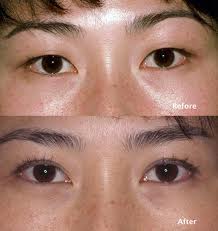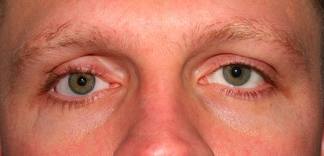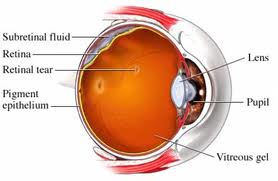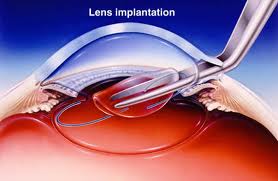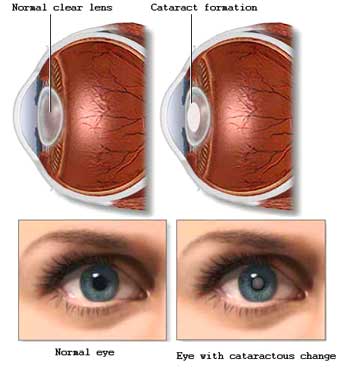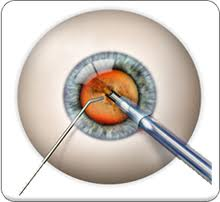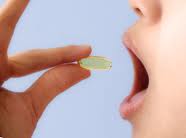Almost half of all Asians around the world are born with the condition called “single fold†eyelid. This condition results in a much more pronounced drooping of the eyelids because their upper eyelids lack a fold or a crease. Asian eyelids have a higher tendency of having thicker skin with larger amounts of fat deposits compared to the Western eyes that have upper eyelid folds. A lot of people with Asian ancestry say that having only a single eyelid makes them appear tired and sleepy. While most of them want to enhance the appearance of their eyes, most of them also want to ensure that they keep the natural shape of their eyes. This is one of the major reasons as to why a lot of people with Asian ancestry choose to undergo surgical procedures to improve the overall look of their eyelids. This surgical procedure for Asian eyes is referred to as the double eyelid surgery. Continue reading
